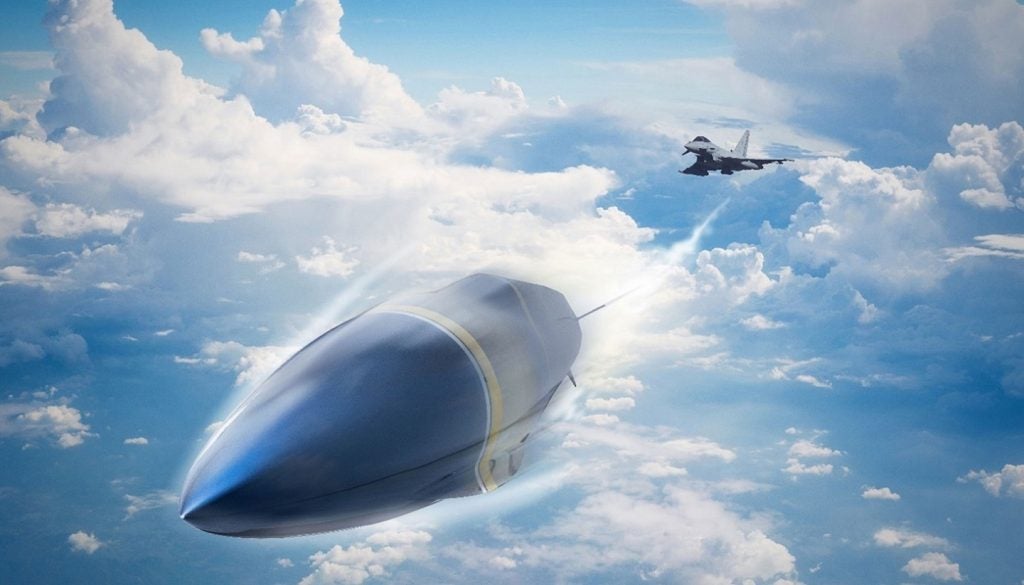Australia, the UK and US (AUKUS) will pursue a new project in the field of hypersonics. An agreement was made to “incorporate” their sovereign programmes on 18 November 2024.
Under the Pillar II initiative, the alliance agreed to conduct joint flight tests of hypersonic vehicles – as many as six trilateral test campaigns before 2028 with a total funding pool of $252m the US Department of Defense confirmed.
Known as the Hypersonic Flight Test and Experimentation project arrangement, or HyFliTE, the joint effort aims to accelerate the development of a viable hypersonic capability.
Ultimately, this accelerated development comes as Russia, a strategic adversary, has already deployed its own hypersonic weapons against Ukraine since its invasion of the country began nearly three years ago. This tells us that hypersonic capabilities remain a strategic requirement as global security deteriorates.
However, Russia’s hypersonic missile portfolio is ‘hypersonic’ in the loose sense of the word. Although the aggressor claims its Kinzhal and Zircon missiles can reach up to mach 10, or ten times the speed of sound, while a vehicle is considered ‘hypersonic’ from at least mach five, these weapons are not manoeuvrable.
An implicit condition of hypersonics is that they are manoeuvrable; otherwise air defences can intercept them more easily. More must be done in research and development to deploy a fully fledged capability.
For Russia, full viability rarely gets in the way of a good narrative, and the Kremlin has exaggerated the effectiveness of their weapons at this point in time. Still, it indicates the enemy’s high priority status for the emerging capability as it serves a critical part of their deterrence.
Hypersonics sector analysis
GlobalData intelligence suggests the development and procurement of hypersonic missiles represent a relatively small portion of the global missiles and missile defence market. This is largely due to the fact that the sector is a highly complex and cost-intensive endeavour signficiantly reducing the number of states willing and capable of pursuing projects.
Nevertheless, research and development is high, with the US leading in fully-functional hypersonic capabilities since 2023.
This includes the Coventional Prompt Strike programme for US Navy Zumwalt-class destroyers, which received a funding request of $1.2bn last year; the Hypersonic Air Launched Offensive anti-surface missile programme; and the Long-Range Hypersonic Weapon.
A common hypersonic missile?
Notably, Lockheed Martin offers the MAKO missile, a capability that the corporation told Airforce Technology it hopes will become a common vehicle in the arsenals of US strategic allies.
“Our ultimate vision, for Mako and similar programmes, is a missile built in the UK by skilled UK workers,” said Clay Berardi, international business development manager, Lockheed Martin.
Mako can be deployed from fighters for stand-in strike and can reach operationally significant ranges that keep aircraft at safe standoff distances.
Crucially, its is an adaptable system that can be carried in the internal weapons bay of F-35A Lightning II combat aircraft, the world’s most sophisticated fighter jet, and a widely operated platform, including in the Royal Australia Air Force. Similarly, it can be carried by pylons on the Eurofighter Typhoon, a fourth-generation jet that remains a centrepiece of UK Royal Air Force operations.
“Lockheed Martin is seeking opportunities to support UK MoD efforts to develop and field a sovereign hypersonic strike capability via AUKUS,” Berardi added.









